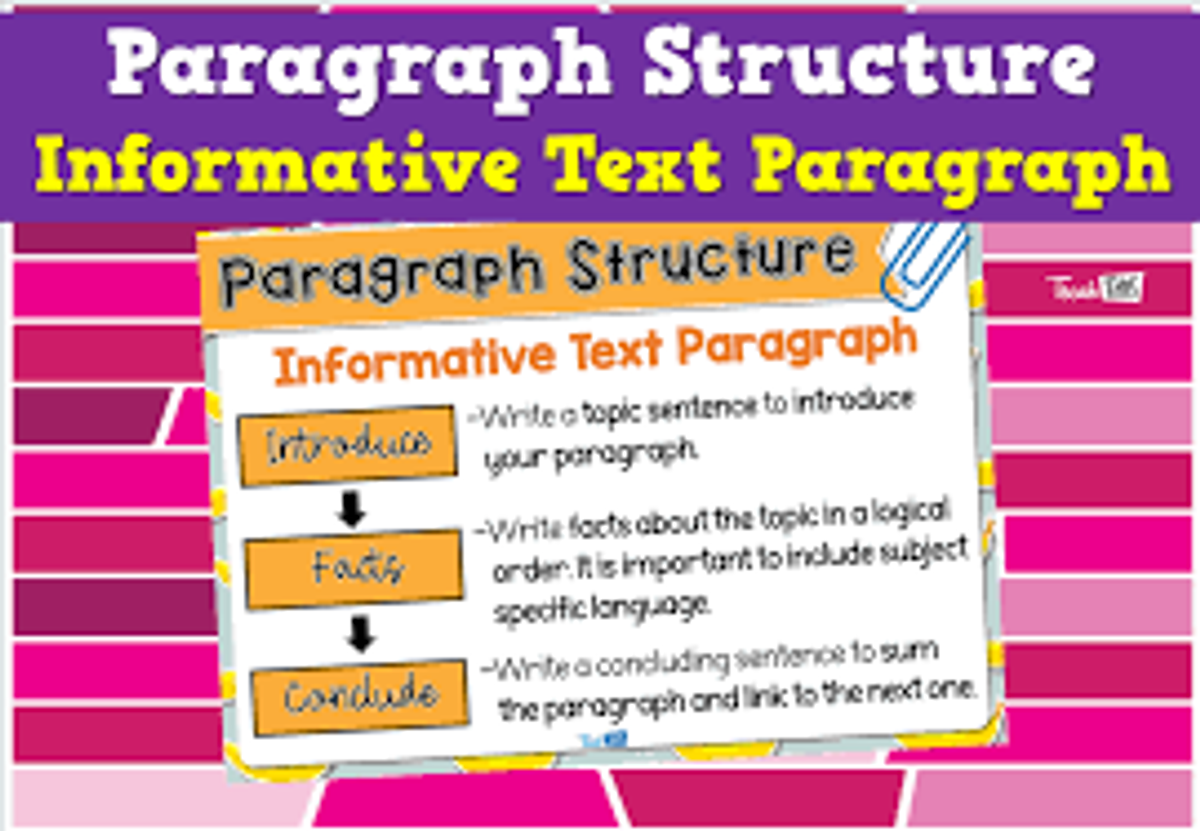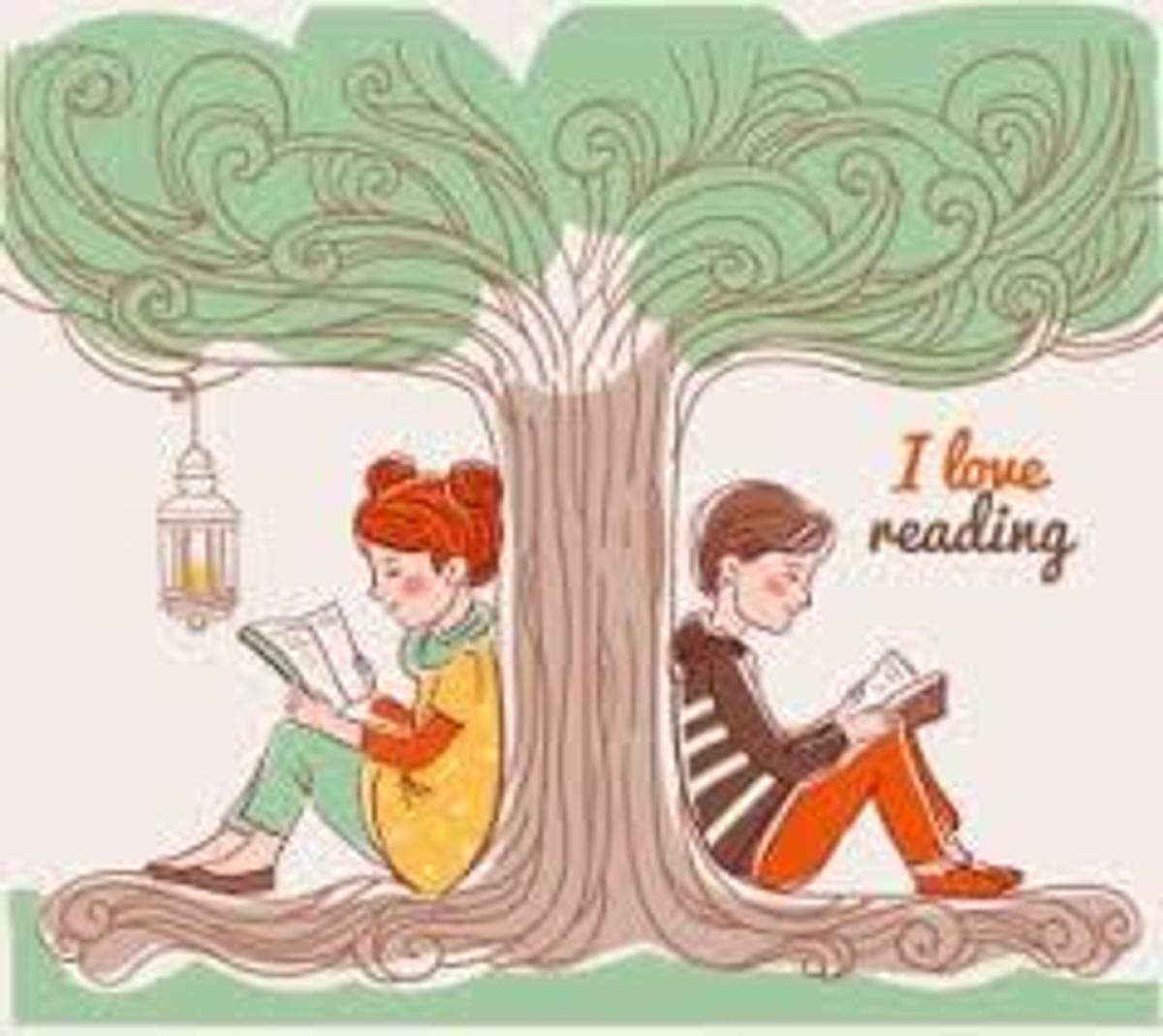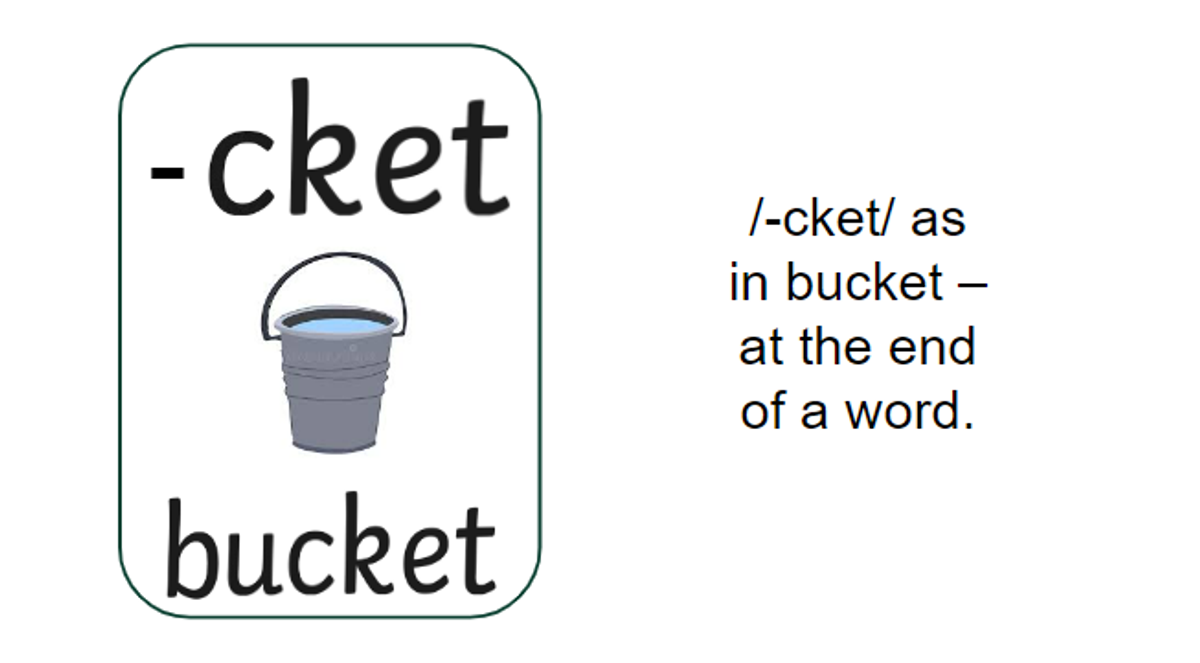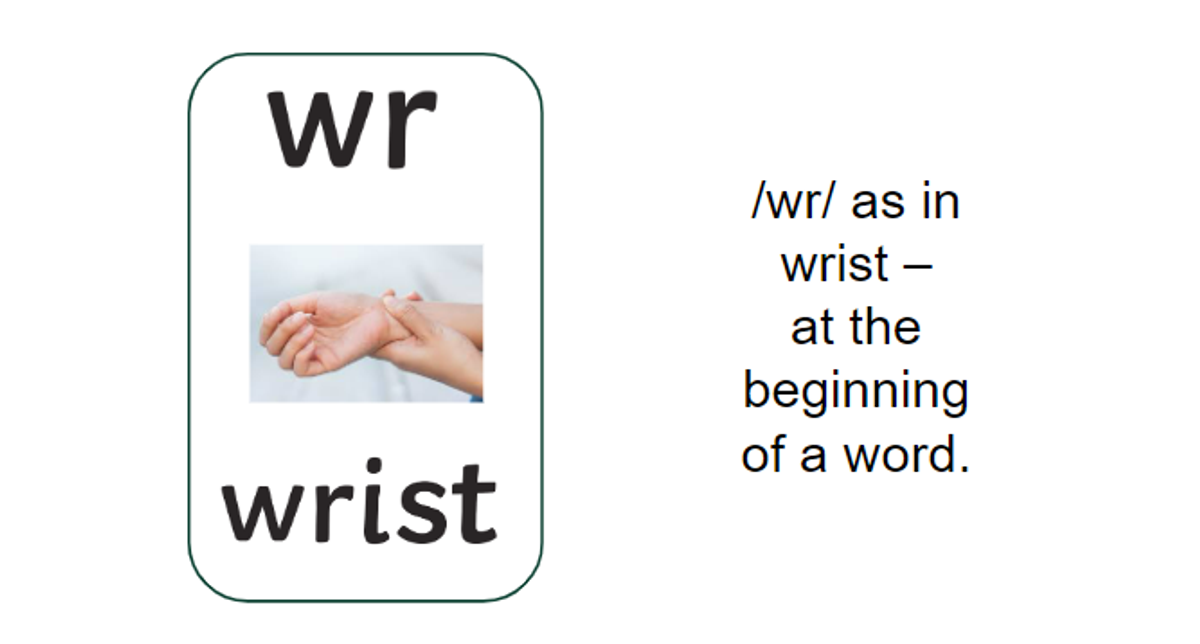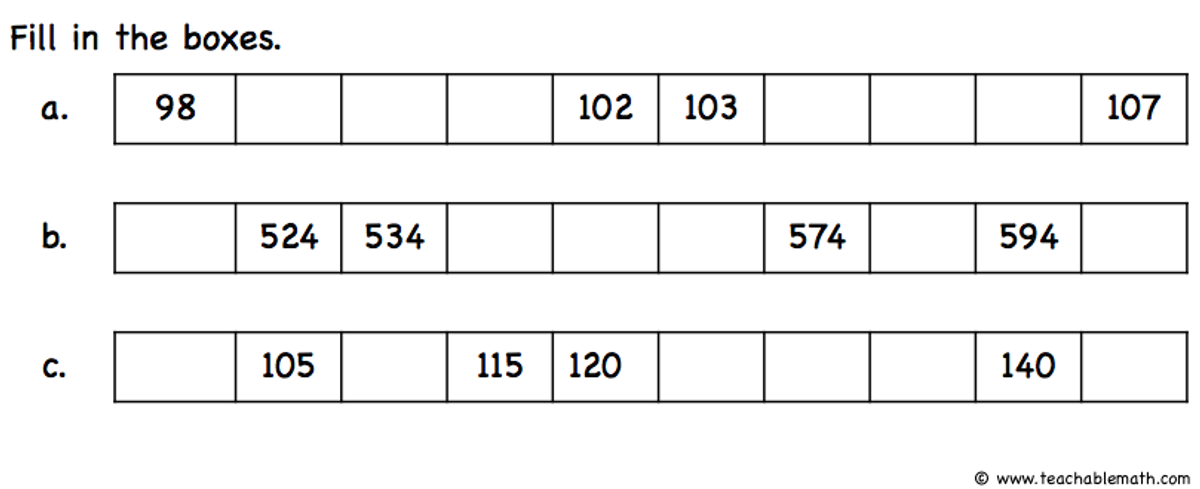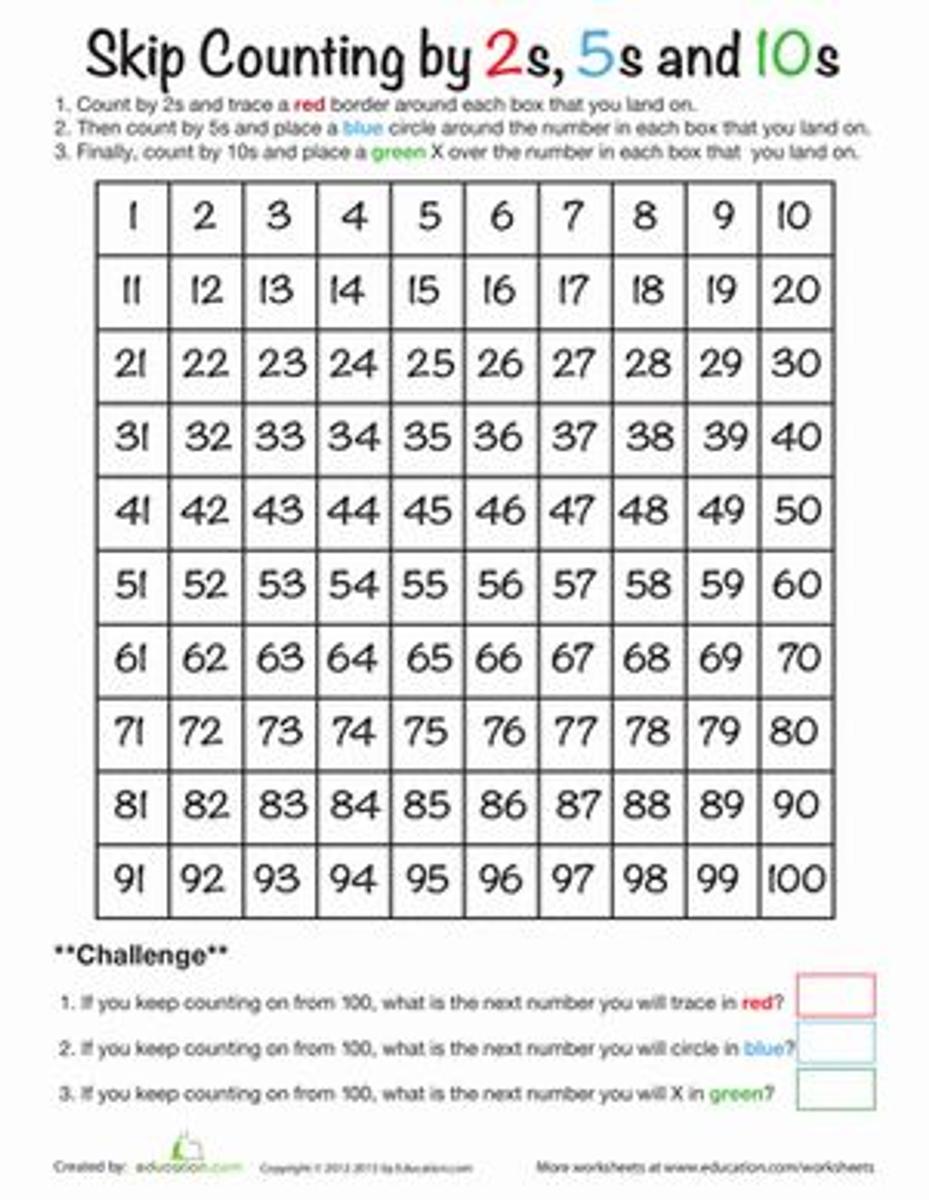Level 2: Connect

We hope you had a chance to hear all about your child’s experience with Coding Edge! The students were incredibly engaged and enthusiastic throughout the robotics incursion, diving into new concepts with excitement. We were exceptionally proud of their manners and behaviour; each student truly represented our school with pride and was a fantastic ambassador. It was a wonderful day of learning, collaboration, and hands-on exploration that we hope sparked an even greater interest in STEM!
Its Melbourne Cup day on Tuesday...the race that stops the nation!!!
Writing
During our writing sessions, students will focus on developing and enhancing their skills when writing information texts. An information text is a type of writing used to share facts and real-world knowledge about a specific topic. This style of text is often found in books, articles, and reports, where the purpose is to inform or explain rather than to entertain. By exploring information texts, students will learn how to effectively organise and present details, facts, and descriptions that help readers understand more about a subject.
Students will explore the key features of information texts, such as using clear headings, organising content into sections, and including factual information supported by visuals like diagrams or charts. They’ll also work on creating strong topic sentences, using specific vocabulary related to their topic, and applying techniques to make their writing both clear and engaging. These skills will help students become confident in their ability to share knowledge in a structured, meaningful way and build a solid foundation for their future research and writing projects.
Reading
Reading regularly for enjoyment is invaluable in building strong comprehension skills and a lifelong love for learning. When students read frequently, they not only expand their vocabulary but also develop a deeper ability to infer meaning and connect ideas. Over the next couple of weeks, students will work on applying their general knowledge to make inferences and understand subtler details within texts, enhancing their overall comprehension. This skill of reading “between the lines” enriches their reading experience and supports their ability to think critically, making reading both enjoyable and meaningful.
Spelling
The spelling pattern we are focusing on is:
Learning patterns in words is crucial for developing strong spelling skills and improving reading fluency. Learning common patterns helps students recognise and spell unfamiliar words more easily. By practising these spelling patterns regularly, both at school and at home, students will become more confident in their writing and spelling abilities. We encourage you to help your child practice writing these words, as consistent practice will reinforce their learning and help them apply these patterns to new words in the future.
Maths
Over the next couple of weeks in maths, we’ll be focusing on identifying and describing number patterns. Students will explore how patterns are formed by skip counting, and they’ll have the chance to experiment with skip counting by 2's, 5's, and 10's. By observing and creating these patterns on a number line, students will start to see the regularity and structure in numbers, which will help build a strong foundation for more advanced math concepts.
As part of this unit, students will also practice identifying any missing elements in a pattern sequence. This will help them develop a deeper understanding of how patterns progress and how to anticipate the next steps. These activities not only support numerical fluency but also encourage critical thinking and problem-solving skills, which are essential in all areas of maths. We look forward to seeing students make connections and gain confidence with these new concepts!
In addition to exploring number patterns, students will also be working on recognising, modelling, representing, and ordering numbers up to at least 1000. This unit will allow them to understand the different ways numbers can be represented and how patterns in numbers extend beyond 100. They will practice identifying, ordering, and representing these larger numbers in a variety of meaningful contexts to build familiarity and fluency.


